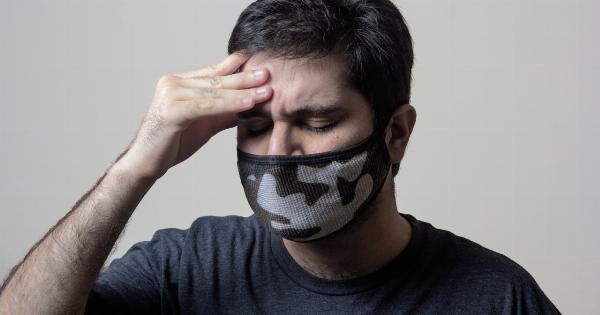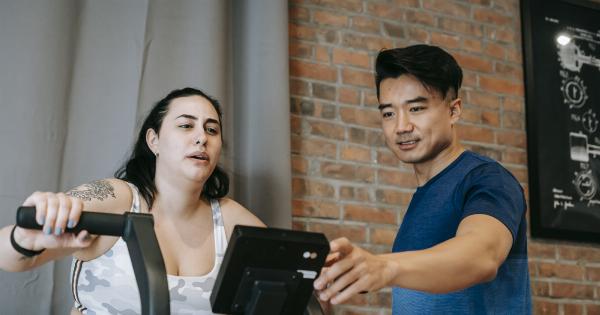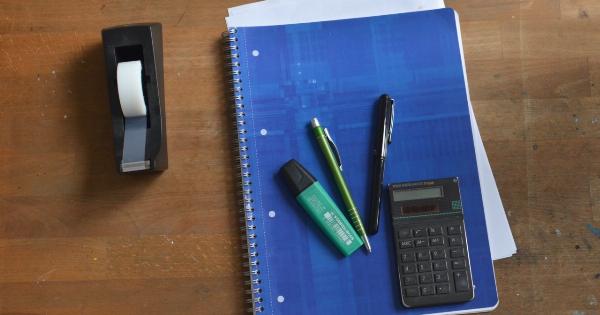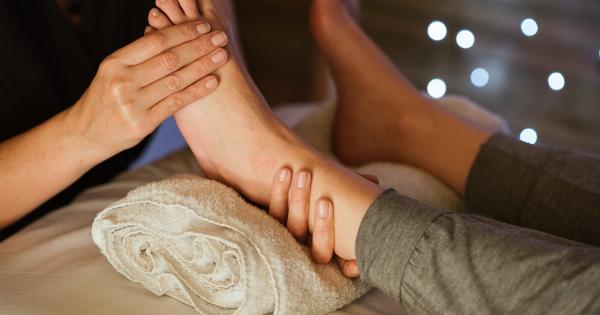Neck pain can be debilitating and greatly affect your quality of life. Whether it’s due to poor posture, muscle strain, or underlying medical conditions, finding relief is crucial.
While medications and physical therapy are commonly used, there are also natural strategies you can try to alleviate neck pain. These methods target the root cause of the problem and don’t rely on medications or invasive procedures. In this article, we will explore ten natural strategies that can help you find neck relief.
1. Improve Posture
One of the most common causes of neck pain is poor posture. Slouching or sitting with your head forward can strain your neck muscles and lead to discomfort. To improve your posture, make sure to sit up straight, aligning your ears, shoulders, and hips.
Avoid prolonged periods of sitting and take regular breaks to stretch and move around. Additionally, using ergonomic furniture and pillows can provide better support for your neck and promote good posture.
2. Stretching Exercises
Engaging in regular stretching exercises can help relieve neck pain and improve flexibility. Simple exercises, such as neck rolls and shoulder shrugs, can help relax and strengthen the muscles in your neck.
You can also try gentle stretches like tilting your head side to side or gently pulling your head towards each shoulder. Just be sure to warm up your neck muscles with a hot shower or warm towel before exercising to prevent further strain.
3. Heat and Cold Therapy
Applying heat or cold to the affected area can help reduce neck pain and inflammation. For acute pain, such as muscle strains, applying a cold pack wrapped in a towel for 10-15 minutes can numb the area and reduce swelling.
In contrast, heat therapy, such as taking a warm shower or using a heating pad, can help relax tense muscles and improve blood circulation. Experiment with both methods to see which one provides the most relief for your neck pain.
4. Neck-Friendly Workstation
If you spend long hours working at a desk, it’s essential to create a neck-friendly workstation. Adjust your chair height so that your feet are flat on the ground and your knees are at a 90-degree angle.
Position your computer monitor at eye level to prevent straining your neck by looking down. Consider using a document holder to keep your paperwork at eye level and avoid constantly looking down. Invest in an ergonomic chair and keyboard to maintain proper posture and reduce neck and back strain.
5. Stress Management
Chronic stress can contribute to muscle tension and neck pain. Finding effective stress management techniques can help alleviate neck discomfort.
Try incorporating stress-reducing practices such as deep breathing exercises, meditation, or yoga into your daily routine. Engaging in activities you enjoy, spending time with loved ones, and getting enough sleep are also essential for managing stress levels and reducing neck pain.
6. Sleep Environment
The quality of your sleep greatly affects your neck health. Invest in a supportive pillow that keeps your neck aligned with your spine. Avoid using a pillow that is too high or firm, as it can strain your neck muscles.
Additionally, sleeping on your back or side with proper spinal alignment can help prevent neck pain. If you sleep on your side, use a pillow that adequately supports the gap between your neck and shoulder.
7. Massage Therapy
Regular massages can help relieve tension and tightness in your neck muscles. A professional massage therapist can identify areas of muscle knots or trigger points and apply techniques to release the tension.
If you can’t access professional massage therapy regularly, you can also try self-massage techniques at home. Gently kneading the muscles along the sides and back of your neck can provide temporary relief.
8. Stay Hydrated
Dehydration can contribute to muscle stiffness and pain, including the neck area. Make sure to drink enough water throughout the day to keep your body properly hydrated. Avoid excessive consumption of caffeine or alcohol, as they can dehydrate your body.
An adequate water intake helps maintain the elasticity of your muscles and reduces the risk of muscle cramps and spasms.
9. Improve Neck Strength
Strengthening the muscles in your neck can provide better support and reduce the risk of neck pain. Incorporate exercises like neck extensions, neck flexions, and side neck stretches into your routine.
You can perform these exercises by gently pushing your hand against your forehead or the sides of your head while providing resistance with your neck muscles. Be sure to consult with a healthcare professional or a physiotherapist before starting any new exercise regimen for your neck.
10. Acupuncture
Acupuncture is a traditional Chinese medicine practice that involves inserting thin needles into specific points on the body. It has been found to be effective in relieving various types of pain, including neck pain.
Acupuncture can help reduce muscle tension, stimulate blood circulation, and release endorphins, which are natural pain-relieving chemicals. Consult with a qualified acupuncturist to discuss your neck pain and explore whether this holistic therapy is right for you.






























